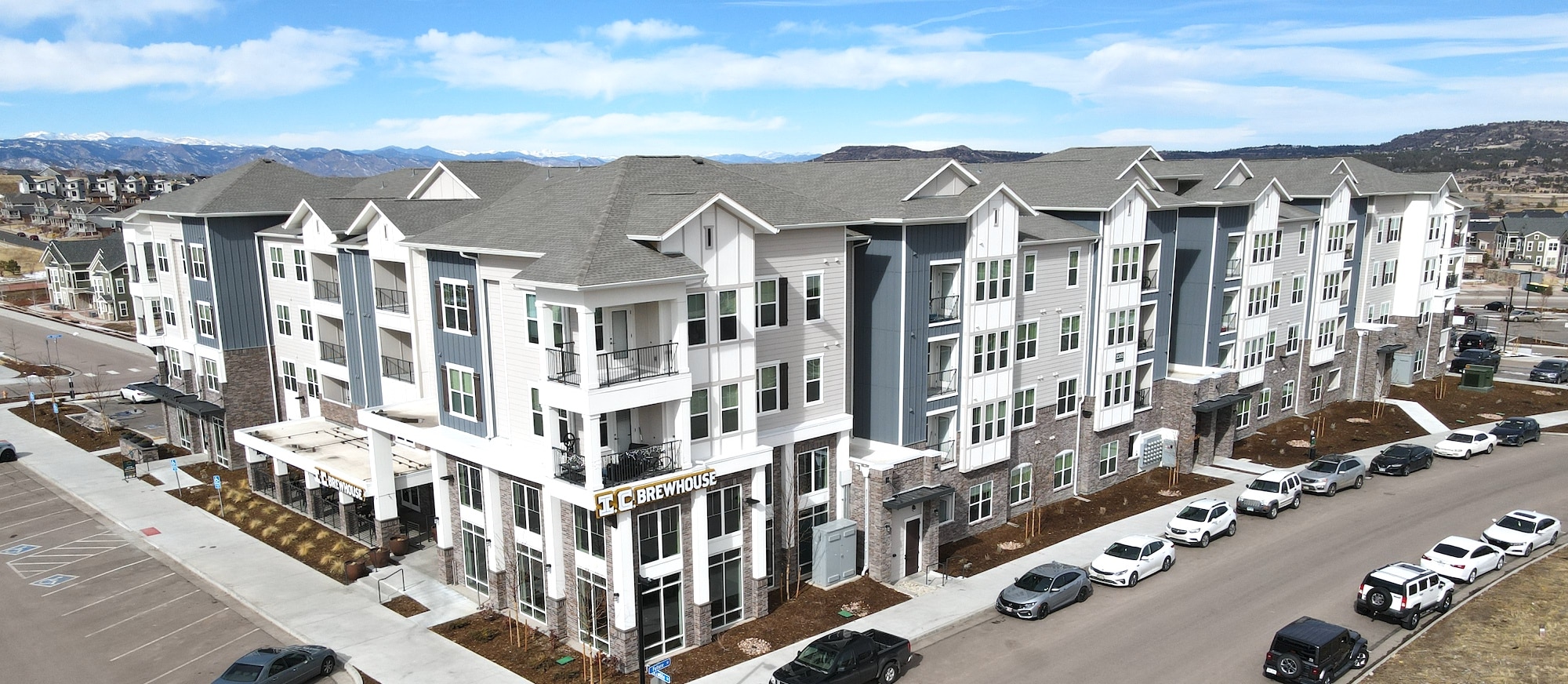commercial roof maintenance come in a variety of styles and materials, including:
- Asphalt
- Metal
- PVC
- TPO
- EPDM
- And more!
Table of Contents
While all these roofing materials require their own forms of maintenance and upkeep, they also have many things in common. As a building owner or property manager, it’s your job to schedule regular commercial roof inspections as well as proper commercial roof maintenance.
This is to ensure that your building and its occupants will be protected from the elements for years to come. Keep the following tips in mind to extend the life of your building’s roof.
Avoid Walking on the Roof
One of the best ways to protect your roof and extend its lifespan is to simply not walk on it! Roofs are designed to protect the building underneath, but that doesn’t mean they can stand up against a ton of pressure on a regular basis. Avoid adding unnecessary pressure to your roof by not walking on the roof surface unless absolutely necessary. [commercial roof maintenance]
Get Regular Inspections

Inspections are one of the most critical components of your roof maintenance strategy. The roofing specialist who does your inspection will be able to spot signs of a variety of roofing issues and potential problems before they cause serious damage to your building. [commercial roof maintenance]
Schedule a roof inspection at least once a year, preferably every six months. Always work with a reputable roofing company, and avoid paying for inspections if you can.
Maintain Roof-Mounted Equipment
If your roof-mounted HVAC system starts leaking, you can bet this will have long-term consequences for the integrity of your roofing system. Keep any equipment on your roof in good working condition, and check for signs of leaking, rust, and other damage. Perform repairs as soon as possible.
Also, spend some time inspecting the flashing around skylights, roof hatches, and the edges of your roof. Because these areas have seams, they are often the first to lose their seal. If you notice any leaks inside the building, chances are it’s coming from one or more of these seam areas.
Repair Leaks and Bald Spots
If you see water damage, bald spots, or other visible signs of damage, schedule a repair for the affected portion of your roof as soon as possible.
Undetected leaks lead to weak spots, and they may even lead the entire roof to cave in! Even if nothing quite that dramatic occurs, long-term leaks can lead to weakened structural integrity and unsightly water stains on the walls and ceilings inside your property. [commercial roof maintenance]

Only allow a professional roofing contractor to work on repairs or replacements for your roofing system. If you decide to work with someone who isn’t certified (or worse, just do the repairs yourself), it can lead to long-term damage and even void the warranties on your roof.
Clear Debris
Just like avoiding walking on the surface of your roof, keeping your roof clean is one of the best things you can do for its long-term health.
At the change of seasons and after any severe storms, take a look at your roof to see if there’s any debris that needs to be cleared. Falling tree limbs, trees and grasses, and other organic materials often find their way to roofs, especially with high winds and other severe weather. When left on your roof for long periods of time, these materials provide the perfect opportunities for mold growth, which can spell disaster for your roof.
Keep Your Drainage System in Tip-Top Shape
Your drains must remain clear in order to carry water, snow, and ice away from your roof’s surface. Otherwise, you’ll end up with ponding water on your roof, plus way more pressure than your roof is designed to handle on a long-term basis. [commercial roof maintenance]
Check your downspouts and gutters regularly for leaves, pine needles, branches, rocks, and moss. If you have an asphalt roof and notice that shingle debris is causing most of the buildup in your gutters, ask your roofing contractor if it’s time for you to get a full roof replacement.
Prevent Snow Accumulation
As with pooling water, too much snow on your roof can add too much extra force on the roof’s surface, leading to cracks, sagging, leaks, ice dams, and other structural issues. This is especially an area of concern if your commercial building has a flat roof, since flat roofing systems don’t have the advantage of gravity to help the snow and ice slide off their surfaces. [commercial roof maintenance]
Your best bet is to hire a commercial snow removal surface throughout the winter season, as these professionals have the proper training to remove the snow quickly and thoroughly without causing damage to your roof.
Know When It’s Time for a Roof Replacement

Ultimately, routine maintenance will only get you so far. All kinds of roofing have a maximum lifespan, and when your current roof reaches the end of its life, it’s best to spend the time and money to replace it with fresh roofing materials. Do this, and you won’t have to worry about your building suffering from long-term, avoidable damage.
Start Your Commercial Roof Maintenance Practice Today
Clearing debris, scheduling routine inspections, and repairing damage are all parts of a proactive approach to maintaining the health of your commercial roof in the long run. Stay up to date with these proactive measures, and you can rest assured that your roof will last for its maximum lifespan. [commercial roof maintenance]
Proper commercial roof maintenance starts with hiring the right contractor. As a comprehensive roofing company, Tectum Roofing is prepared to help you with all your commercial roofing needs. Whether you’re looking for a one-time repair or to enroll in our Roof Asset Management Program, Tectum Roofing has what you need.
Ready to learn more? Get in touch with us today to receive an estimate for your project!



